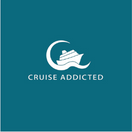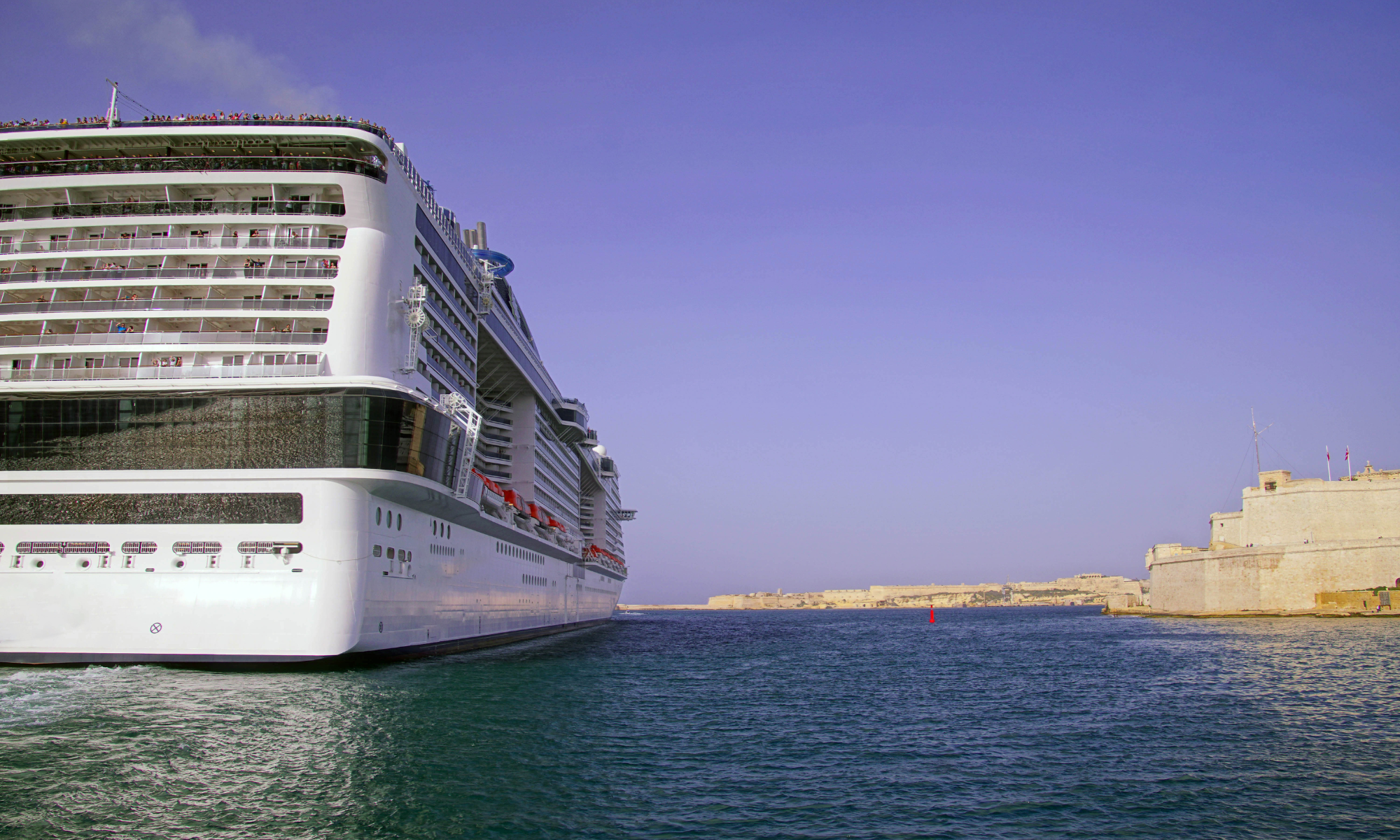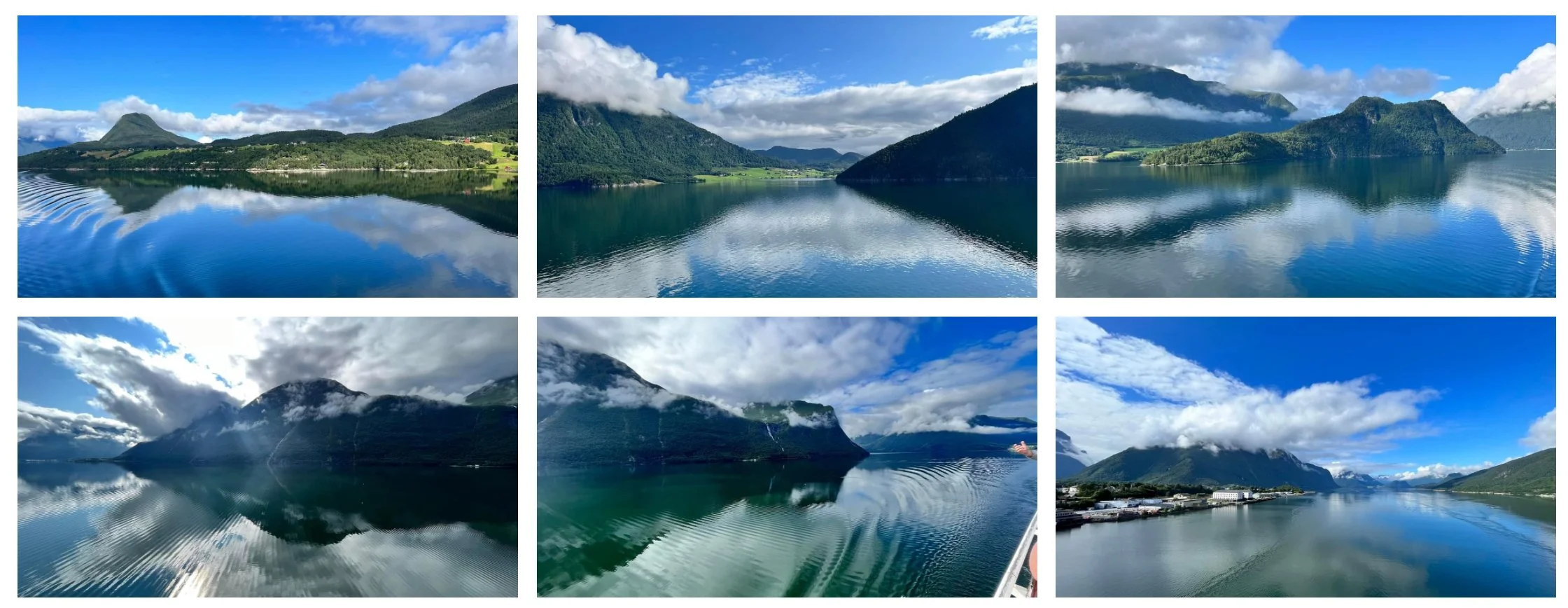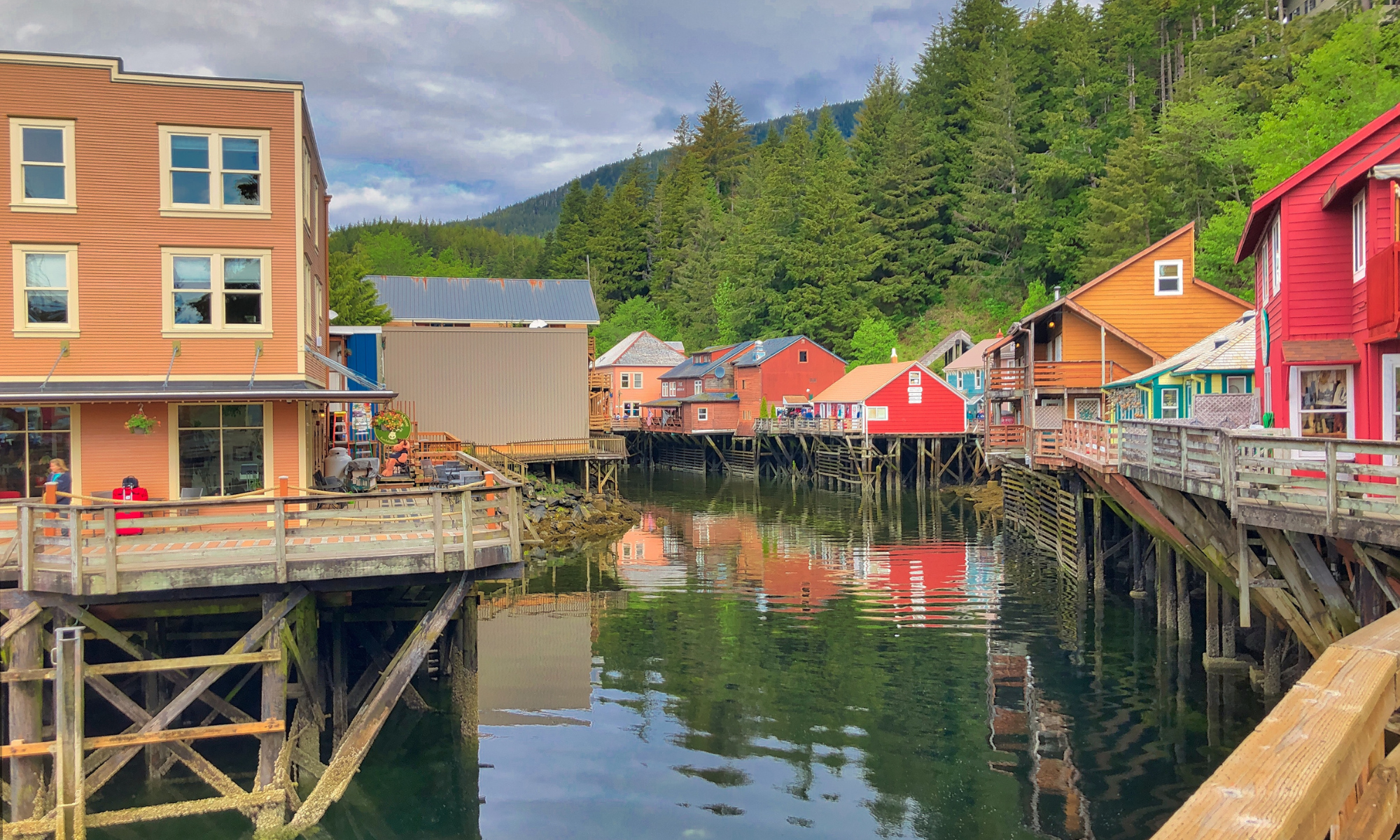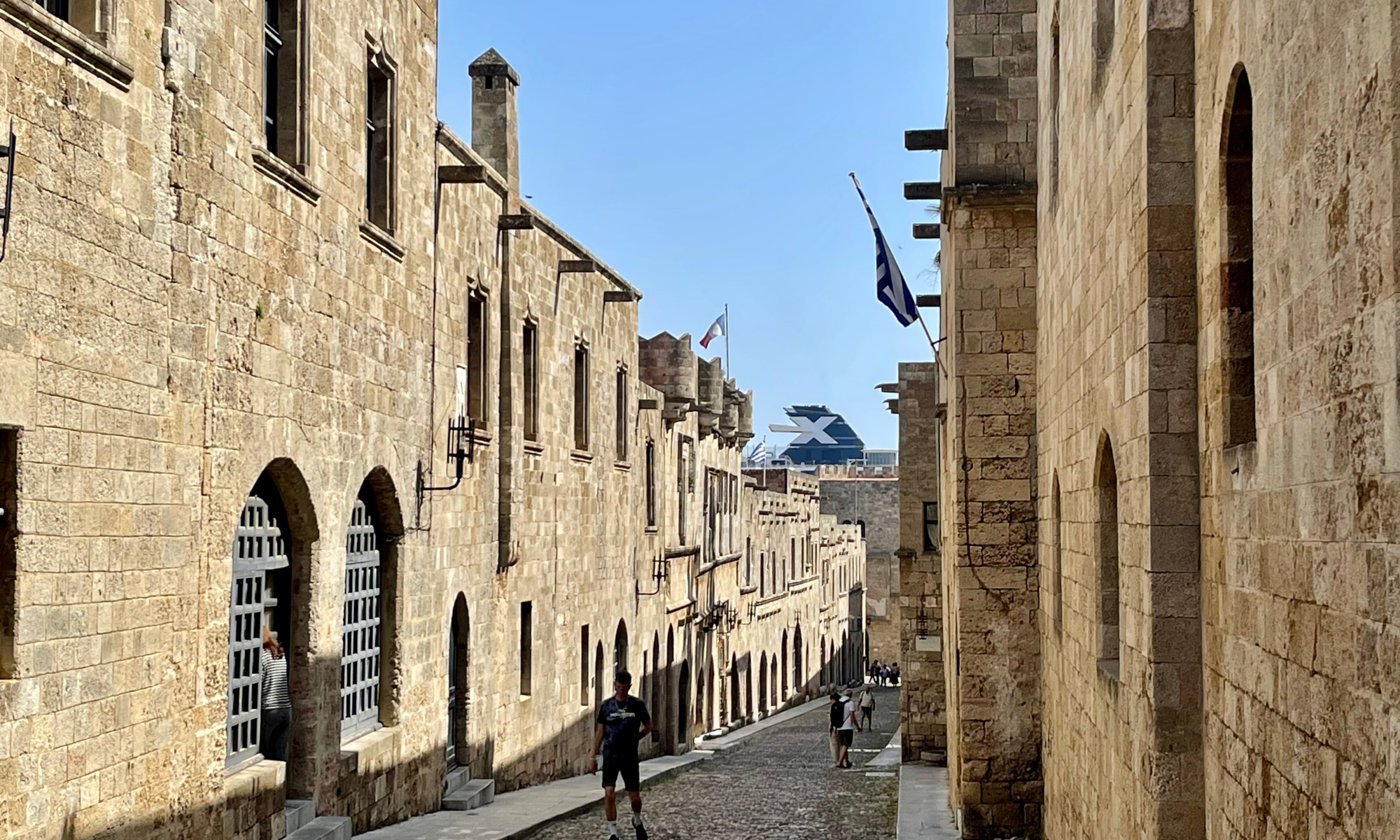Cruising Under Pressure: How to Sail Responsibly as Ports Push Back
Responsible Cruising in the Face of Cruise Ship Bans
Across Europe — and increasingly around the world — cities are beginning to take a stand against overtourism. From Venice and Amsterdam to Barcelona, Palma, Dubrovnik, Santorini, and even the Norwegian Fjords, restrictions on cruise ships are becoming more common. Some destinations are moving ships to ports further away, others are capping daily visitor numbers, and a few are banning cruise ships altogether.
These changes stem from two main concerns: the environment and overcrowding. Many historic cities were already struggling with the sheer volume of visitors before the cruise ships arrived, and residents are increasingly vocal about the pressures on infrastructure, local life, and fragile heritage sites.
MSC Meraviglia dwarfs the harbour walls as she leaves Malta
At the same time, the cruise industry insists it’s part of the solution, not the problem — and the truth, as always, lies somewhere in between.
Why Are Cruise Ship Bans Happening?
Overtourism:
When several ships arrive on the same day, tens of thousands of extra visitors can descend on a small port all at once. Local transport, waste systems, restaurants, and shops can be overwhelmed. Residents often feel pushed out of their own towns, especially during the summer months.
Air quality concerns:
Cruise ships have long been under scrutiny for their emissions. According to a 2022 Euronews report, cruise ships in Europe produced more sulfur oxides than all of the continent’s cars combined. Ports such as those in Norway’s Fjords are now taking the lead, moving towards zero-emission cruising by 2030.
Erosion and environmental damage:
Scenic are proud of their work on eco cruising in the Antarctic
Large ships and their wakes have impacted fragile ecosystems and historic sites — nowhere more publicised than Venice, where the famous lagoon is now off-limits to large cruise vessels.
The Industry’s Response
The Cruise Lines International Association (CLIA) argues that blanket bans are counterproductive and “stigmatize the cruise industry.” Instead, CLIA promotes collaboration with ports and cities to find balanced solutions that protect both the environment and the economic benefits cruising brings.
As CLIA president and CEO Bud Darr explained:
“Cruise lines are early adopters and innovators of maritime technology — examples include advanced wastewater systems, onshore power supply, air lubrication systems, and the newest generation of dual fuel engines. Cruise lines are investing tens of billions of dollars to build the fleet of the future, including more than 80 new ships on order worldwide that feature these and other innovations.”
These technologies often become benchmarks for the wider shipping industry — significant, since cruise ships make up just around 1% of global ocean traffic - research and investment into alternative fuels such as LNG, Biogas, Methanol and Hydrogen is being driven by the cruise industry.
Images from Norway - the super clear water and air quality needs protecting
What’s Actually Changing?
Here are just a few examples of how ports are reacting:
Cannes, France: From 2026, ships carrying over 1,000 passengers will be banned from the port. Daily disembarkations will be capped at 6,000 passengers.
Venice, Italy: Large cruise ships have been banned from the lagoon and Giudecca Canal since 2021; ships now dock at the industrial port of Marghera.
Norwegian Fjords: Non-zero-emission cruise ships under 10,000 tonnes will be banned from 2026, with full compliance required by 2032.
Key West, Florida: Local regulations limit the size and number of cruise ships permitted to dock.
Nice, France: Restrictions on large vessels aim to ease overtourism in the city centre.
These shifts suggest that as ships continue to get larger, the choice of cruising destinations could actually become smaller.
Timbered houses on stilts above the water in Ketchikan, Alaska
A View from the Shore
To understand the issue from a resident’s perspective, one Alaskan local recently shared their experience of life in Ketchikan, a town of around 14,000 people:
“By May 1st we see cruise ships seven days a week. Anywhere from 6,000 to 19,000 tourists in a single day — plus crew, buses, and tour vans. Our 8-minute commute becomes 20. Restaurants are full, grocery aisles are empty, and sometimes you can’t even find eggs in town. We don’t have anything against tourism — we just need a moment to breathe and take care of ourselves and our home.”
It’s a vivid reminder that even in places that rely heavily on tourism, there’s a fine balance between welcoming visitors and preserving local life.
What Does Responsible Cruising Look Like?
For those of us who love to cruise, there are plenty of ways to make a positive difference — small, conscious choices that help communities, protect the environment, and ensure cruising continues to thrive for the long term.
Cruise off-peak. Most cruise regions operate on a five- or six-month rotation, but overcrowding tends to peak for only a few weeks in mid-summer — often during school holidays. If you have flexibility, sailing earlier or later in the season can dramatically ease pressure on ports and deliver a more relaxed experience for everyone.
Support locally owned businesses. Choose local cafés, tour operators, and craft shops over multinational chains. Your money goes straight back into the community and helps preserve the character of the place you’re visiting.
Avoid public transport at peak times. If a destination relies on buses or trams that residents use for their daily commute, try to travel off-peak or walk instead. It’s better for the locals — and often a more authentic way to experience a port.
Choose smaller ships where possible. Fewer passengers means less strain on infrastructure.
Book locally run tours rather than staying within the ship’s ecosystem.
Respect the rhythm of the port. If residents or authorities set limits or designate rest days, honour them.
Be curious — and considerate. Explore lesser-known ports and remember: every stop is someone’s home, not just a photo opportunity.
The narrow medieval streets of Rhodes are virtually deserted in March
The Bottom Line — Cruise Addicted View
Cruise bans may sound dramatic, but they’re really a call for balance. Local communities have every right to protect their heritage and quality of life, and the cruise industry is making real strides towards cleaner, smarter, more sustainable ships.
As cruisers, we can do our part by travelling thoughtfully — supporting local economies, spreading our visits beyond the high season, and being mindful guests.
Responsible cruising isn’t about guilt — it’s about gratitude. We’re privileged to explore extraordinary places by sea, and the best way to ensure we can keep doing so is to tread lightly, spend wisely, and travel with respect.
✨ Stay Connected
-
-
search for a Viator Cruise Excursion here
-
Search for your Get your Guide Excursion here
Thanks for using our Port Guide! We hope it helps you make the most of your time ashore.
👉 Subscribe on YouTube for port walk-throughs, cruise vlogs, and insider tips.
👉 Sign up for our newsletter below for the latest guides and cruise inspiration straight to your inbox.
💙 A Note on Affiliate Links
You’ll spot a few affiliate links in this guide (such as recommended tours, travel gear, or booking sites). If you decide to click through and make a purchase, we may earn a small commission—at no extra cost to you. It’s a simple way to support us, and we’re so grateful!
